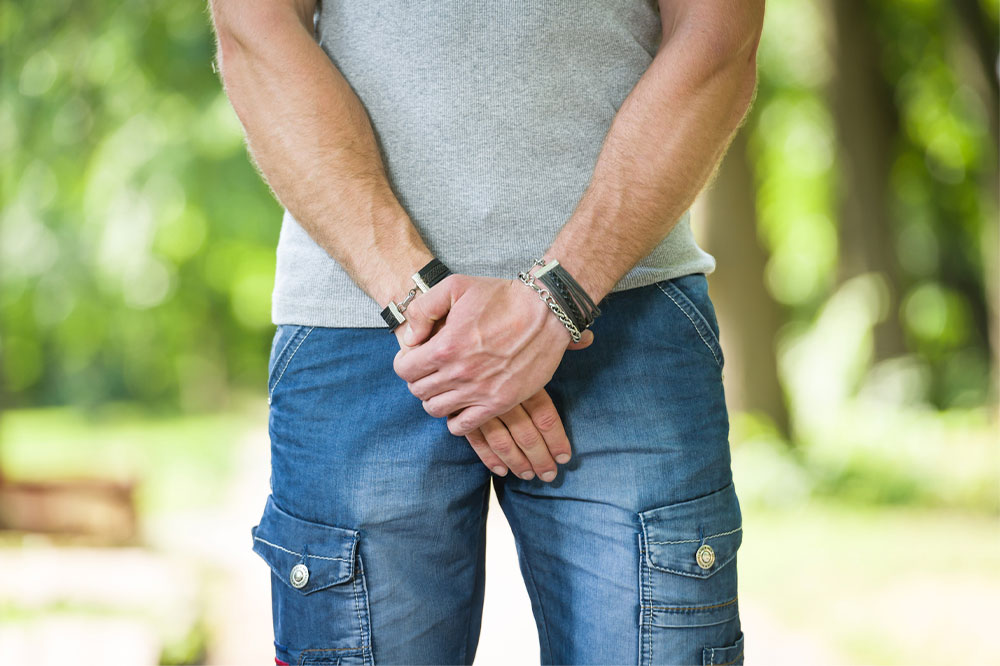A Comprehensive Guide to Prostate Massage Therapy
The prostate gland is a small part of the reproductive system that resembles the shape and size of a walnut. It contains vital nerve connections and mainly wraps around the urethra, supporting both urination and seminal fluid ejaculation. Keeping the prostate gland healthy ensures the vitality of the reproductive system, and if any complications risk the functioning of the gland, doctors may suggest treatment like prostate massage therapy to improve and enhance the gland function.
Need for a prostate massage therapy
A prostate massage is generally advised as a treatment for known urological conditions that involve the organ. However, the massage additionally helps counter any inflammation and other discomforts experienced in the prostate gland due to underlying health complications.

Benign Prostatic Hyperplasia
Adults generally over the age of 60 suffer from the sudden enlargement of the prostate gland. The enlargement causes the urethra (the tube that allows urine and semen to exit from the bladder) to compress and result in pain. An enlarged prostate further triggers problems like frequent urination during the day and night and inability to control the action causing leakage, among other urination problems.
Urinary tract infections
A urinary tract infection or bladder infection can also trigger inflammation in the prostate gland resulting in prostatitis.
- Urgent need to urinate
- Urinary retention
- Lack of control over the stream
- Pain in the groin
- Lower back
- Abdomen areas
Ejaculation will also be painful among men as the seminal fluid must pass through the urethra to be evacuated from the body.
How to get prostate massage therapy?
The therapy is administered at the local clinic by a practicing urologist. These healthcare professionals are trained to handle the gland with the utmost care, wearing proper gear and using the right prescriptions for easing pain and discomfort. Set up an appointment with a urologist to understand what involves the procedure and understand the risks, benefits, and aftercare tips post-prostate massage is done. Also, some practicing therapists specially deal with rectum and gland massage.
Alternatively, prostate massage is a simple step-by-step process to follow and get done at home itself. In most cases, prostate massage therapy is done to treat a urological condition, erectile dysfunction, or even lower the risk of prostate cancer.
Prostate massage therapy at home
A prostate massage can be done at home, providing one follows these steps and pays close attention to the technique to prevent the risk of rectum tear or prostate injury.
- Step 1 – Use a good lubricant
Start by applying a generous amount of water-based lubricant on the finger and around the anus on the rim. This will prevent friction and any discomforts that follow upon inserting a finger in the narrow passage. - Step 2 – Assess one’s comfort level
Inserting the finger stimulates the prostate gland, so the pleasurable experience is often done while being intimate. In most cases, home prostate massage therapy is done as part of couples’ experiments and to enhance male ejaculation. - Step 3 – Decide on the motion
The fingering motion should be fluid and gentle, and it is advisable to lube as many times as possible during the massage to prevent friction. If, at any stage, one feels the invasive action is uncomfortable, it is better to stop and massage the gland gently from the outside using the perineum muscle. However, locating the perineum between the scrotum and the anus is difficult. - Step 4 – Locate the gland
The prostate gland is located just 4 inches deep around the rectum area and can be easily felt by inserting the length of the index finger completely. The massage can be in any motion depending on the comfort level of the partner and personal preferences. Often, prostate massage therapy is done when a man is also pleasuring himself, stimulating the gland for ejaculation. Massaging the gland further enhances the pleasure and intensifies the orgasm.
Potential risks and complications
While a prostate massage is relatively safe, there are some risks and complications of the massage. Note that the prostate gland is covered with a thin membrane that can easily break off if excess pressure is applied while massaging the gland. This increases the risk of a number of complications.
- Bacterial infection
Anybody with a bacterial infection developing in the general region should avoid massaging the gland. It will further prevent the urethra from getting infected, causing more inflammation of the urinary tract. - Fissures and hemorrhoids
People diagnosed with anal fissures and hemorrhoids should avoid getting a self or doctor-sponsored prostate massage. Inserting a finger in the already damaged anus and rectum cavity will cause the infection to spread and trigger ruptures that bleed. - Prostate cancer
It is also necessary to avoid getting a prostate massage with an early cancer diagnosis in the gland. Massaging the cancer-affected prostate can force the mutated cells to break off and spread around in the localized region affecting other nearby organs or functions.
Note if, at any point during the massage, one continues to experience pain or discomfort, it is advisable to consult with a doctor and understand remedies for relief.

